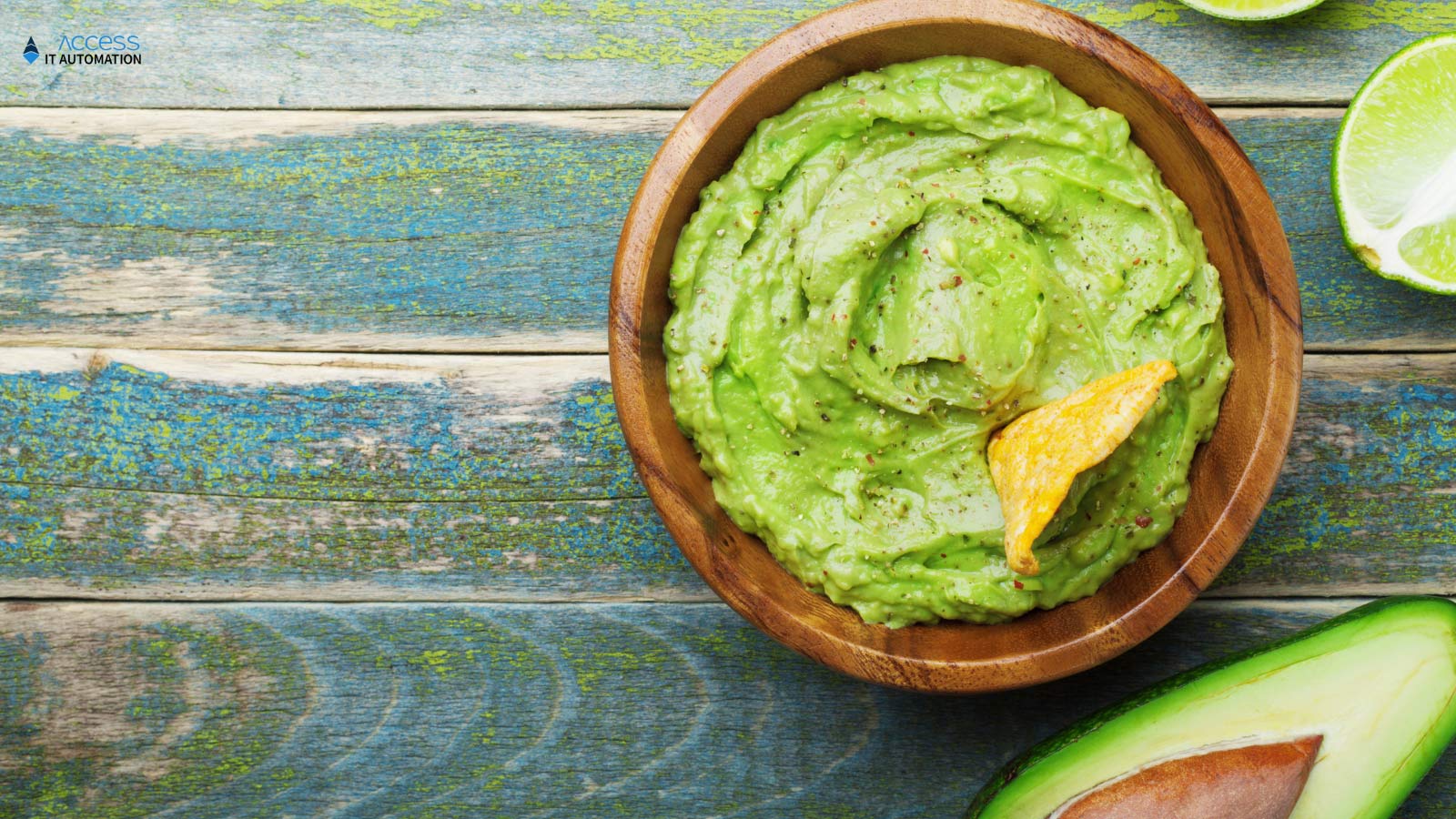Since the last time we officially published Capture release notes, we have made a lot of other new features, bug fixes, and updates available. This includes our new capability of automatically converting App-V source files to MSIX as well as the ability to launch and load App Volumes containers. We will write up more details on that last one very soon, but today we wanted to definitely tell you about a nifty little feature that will make things easier for a lot of our customers: an option that replaces the use of GUAC (Remote Desktop Gateway/RDP in a browser) in WinTel environments.

What Are Apache Guacamole & GUAC Proxy Daemon?
According to the Apache website, Apache Guacamole (abbreviated GUAC) is a clientless (meaning it does not require any plugins or client software) remote desktop gateway. Guacamole supports standard protocols like VNC, RDP, and SSH and can be installed on a Linux server or Linux container that allows users to access their desktop via a web browser regardless of whether they are on Linux or Windows. Or at least that’s the theory.
Up until now, we have exclusively used Apache Guacamole (more specifically, the Guacamole proxy daemon) when we connect with Access Capture Discovery and User Acceptance Testing (UAT) modules to remote desktops, such as when we use a virtual machine to do a particular app testing job.
When an end user tries to access a remote desktop or virtual machine, they can do that with an RDP session file. This file holds the configuration details, like what domain the machine is on, the host name of the machine, and more. What the Guacamole proxy daemon does is almost like a “pass-through” of all that information so you can run that session inside a web browser without having to download a file and connect and log into that virtual machine. It converts the RDP protocol into web sockets and sends loads of tiny images (more precisely, the delta between the them) to your browser. Essentially, it streams the session as images within a web browser.
Why Do We Offer An Alternative?
This works well in a Linux/Unix environment as GUAC needs to be hosted on a Linux infrastructure or within a container, but it can be difficult to create that kind of environment in a Windows/Intel environment. When an RDP session file is created in some Windows/Intel instances, it can take a long time for organizations to spin up an environment that can host the GUAC. This is a problem, as a lot of our enterprise customers have heavily invested in Windows and all other Access Capture components easily run on Windows.
For all the reasons above, we decided to write our own replacement. This brings numerous benefits to you as our customer:
- Faster Implementation. We do not have to rely anymore on a Linux/Unix environment which, if you are a Microsoft shop, is very good news as it shortens implementation time and makes the installation easier.
- Better User Experience. We have found that even in Linux/Unix environments, the output is a lot crisper load times are faster. With GUAC, it was hard-coded to use a specific image type, but we can specify the output much more.
- Seamless Experience With Azure Active Directory Joined Machines. With Guacamole, there was no way of fully automating the login process when you were connecting to an Azure Active Directory joined machines, which means we had to get around that by creating an extra dialog. With the new replacement, there is no need for a dialog, which makes the experience much more seamless and completely autonomous.
- Completely Proprietary Low-Level Code. The replacement doesn’t rely on third-party technology. It is low-level code that is completely written from scratch in C++.
While this is a small feature compared to the overall Access Capture product, we are very happy to now be able to give our customers a choice between Guacamole and our own Remote Session Gateway.